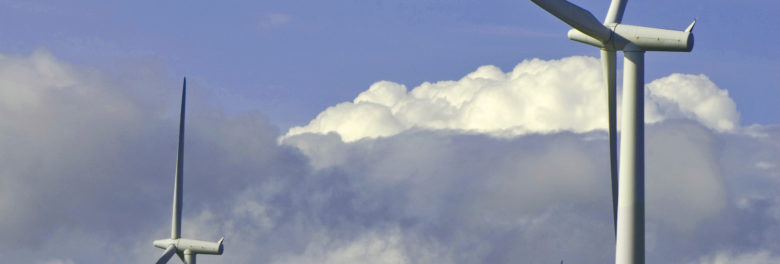
Rapid decarbonation of UK grid electricity due to a shift away from coal towards lower carbon generation from renewables and nuclear presents a new set of challenges to developers seeking the best energy strategy for their developments. For new schemes, it is now more important than ever to balance the increasingly competing aims of minimizing capital costs, meeting customer requirements for cost and reliability, achieving environmental goals and, of course, compliance with Building Regulations and planning policy.
SAP 10 was published this summer and will be used under the next iteration of Building Regulations (due in late 2019 or early 2020). SAP 10 adopted a carbon factor for grid electricity representing a massive 55% reduction in CO2 emissions for every unit of electricity supplied to customers since the last version of SAP was published in 2013.
No equivalent reduction in the carbon intensity of mains gas has occurred. Therefore, when calculated using SAP 10 methodology, a unit of heat produced with a 90% efficient gas boiler will result in an equal level of CO2 emissions to that produced by an electric resistance panel heater. This contrasts with the current methodology which would see electric panel heaters producing more than double the CO2 emissions of a gas boiler.
The implications of this change will transform decision making on heating strategies for new developments. However, any shift away from gas towards heat pumps and electric resistance heating must be approached with caution, and should consider the following points:
Fuel costs
Electricity prices are currently 400% higher than gas. Electric resistance heating will therefore present higher fuel bills to end users. Heat pumps present the opportunity to lower these costs but require innovative approaches to compete with gas boilers on running costs alone. This will add complexity to the design and operation of heating systems.
On large gas-fired heat networks, customers could benefit from significantly reduced fuel bills due to revenue from combined heat and power (CHP) electricity sales. Where CO2 targets mean that gas-CHP is no longer applied to new schemes, this removal of this supplemental income will increase tariffs for end users.
Predicting fuel cost changes is notoriously difficult, but there is currently no indication that the relative costs of gas and electricity will change. Although there is still no clarity from Government of how, when or if gas will decarbonize significantly. If a decision is taken to pursue this route, it is likely to increase gas costs to end users.
Capital costs
Electric resistance heating has the potential to lower capital costs of developments by reducing equipment costs and the use of valuable floor space for plant rooms, flues and risers. However, the costs of securing enough electrical capacity from the network needs to be considered early, particularly in dense urban areas where the Grid is already stretched and electric vehicles will be adding to loads.
As the incumbent go-to heat source, gas boilers benefit from economies of scale, keeping capital costs significantly more competitive than those for heat pumps.
Higher capital costs will inevitably result in higher fixed costs to customers paying into sinking funds to replace the equipment at the end of its useful life.
Reliability
Any heating system can be operated reliably if it has been well designed and is appropriate to the scale and management capabilities of a scheme.
Our experience on existing schemes is that specialist equipment, or new technologies that are not supported by a wide range or operators, push up costs to end users significantly. These costs must be quantified at an early stage to avoid unreasonable maintenance burdens being passed on to customers.
The future availability of replacement parts and consumables must also be at the forefront of design teams’ minds to avoid leaving customers in an unsupported ‘Betamax’ scenario.
Design
With uncertainty over fuel prices, maintenance burdens and the future energy landscape, the only certainties are that heat loads should be minimised through highly efficient building design and heating systems should be designed allow flexibility for change in the future. Developers must consider advanced fabric measures and passive design principles, heat recovery, low operating temperatures and minimization of peak demands using energy storage and lean design.
Posted on September 14th, 2018
Author: Matthew Bailey
Related services: Energy Statements, Planning Policy & Zero Carbon,